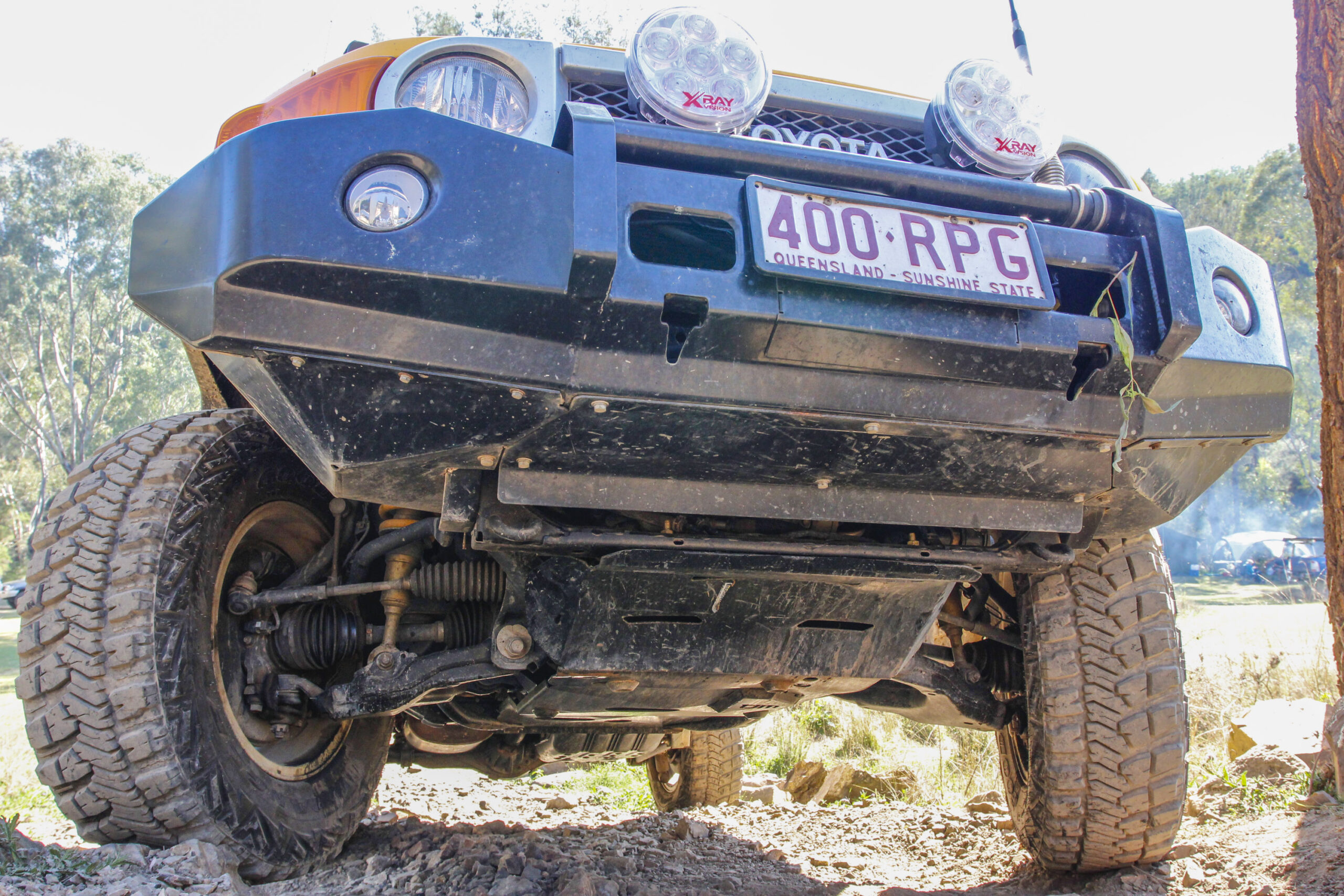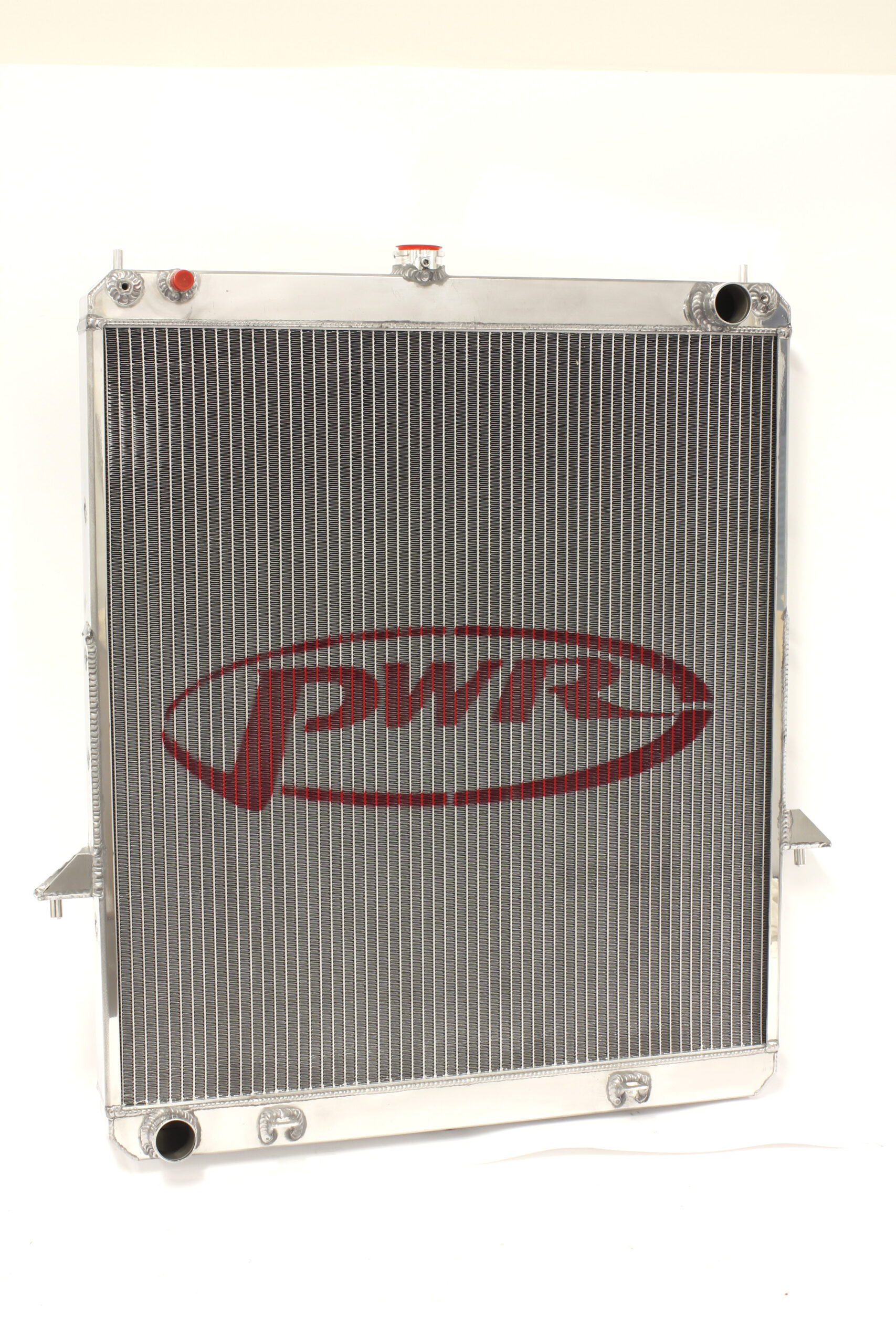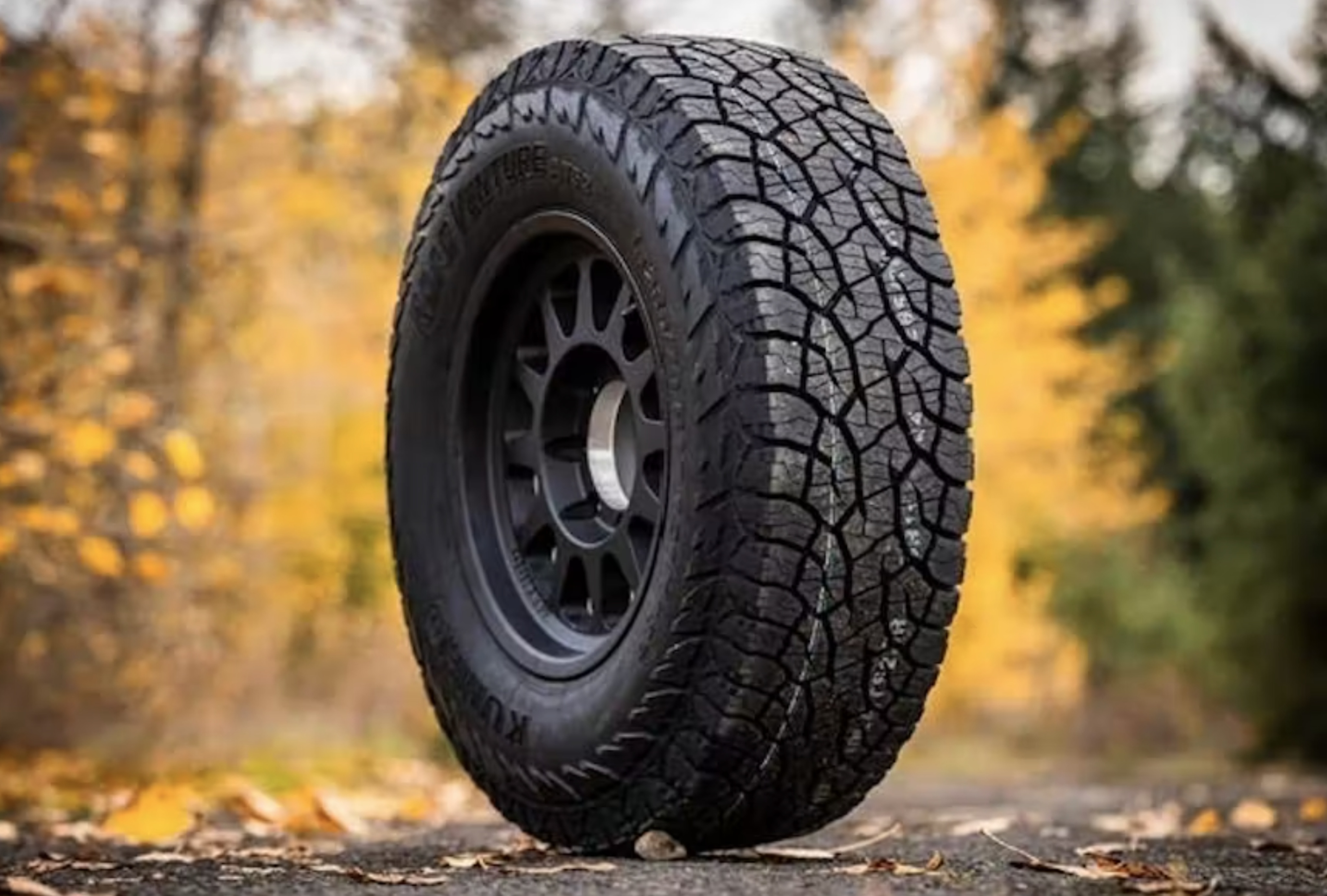If you hang around the off-road scene for long enough, you’ll hear a lot of opinion and conjecture on what works and what doesn’t regarding 4X4s. A lot of folks are damn sure that their way is the only way to get stuff done, but the thing is, they’re not always exactly right. We thought we’d put together a list of eight common campfire statements that a lot of people accept as true, but are about as factually accurate as the sun rising in the west.

Front auto lockers result in no steering
Auto lockers have long been a favourite among the budget conscious, however there’s a bit of a stigma surrounding them that they rob you of your steering ability when negotiating tight tracks. While it is true to a degree, it can be gotten around with a slight alteration to driving style.
Auto lockers work when they’re under load, or in other words, when you’re depressing the accelerator pedal. By accelerating into a corner and coasting through it, you allow the diff to operate as it’s meant to (usually with the clank and bang that goes with auto lockers) and you can negotiate even the tightest tracks without having to back up and try again.

IFS is no good off-road
When you’re talking rock crawling, sure, IFS is more difficult to make work over a solid front axle. The truth of the matter is though, for most of us, crawling takes up very little of the time we spend in the bush. When driving over corrugations or high-speed dirt sections, IFS is generally a lot comfier and even if you do manage to lift a wheel when navigating a particularly hairy section of track, modern traction control or a good old-fashioned front locker will solve all of your problems. IFS is the way of the present, and even competition-level four-wheel drives are embracing its many advantages. Move with the times and realise that IFS is much better than a solid axle in most situations.

Alloy radiators run cooler than copper one
This one comes down to thermal efficiency. Put simply, for equal-sized radiators – one made from alloy, the other from copper – the copper one will disperse heat better and allow your engine to run cooler. Of course, you could always fit a larger surface area aftermarket alloy radiator which will result in better cooling, but again, that’s because the larger size makes it more thermally efficient, not because alloy is better than copper.

Colder thermostats equals more power
This one is an old trick, but the myth still seems to be prevalent on modern motors. By running a colder thermostat (that is, it opens more quickly as the engine warms up) your motor will make more power. The theory is that a cooler engine runs more efficiently and can make more power, but the truth is that every engine is designed to warm up to an optimum operating temperature before the thermostat opens.
There’s a whole bunch of good reasons the factory engineers designed it this way, and messing with your engine’s operating temperature is usually a recipe for disaster.

Taller suspension results in more travel
Longer springs and shock absorbers means there’s more room for your wheels to travel up and down within the guards right? Er, not exactly, no. On a leaf-sprung rig, taller leaves are actually stiffer than flat ones and will decrease your suspension’s ability to move. On coil-sprung 4X4s the travel is determined only up to a point by the length of the coils and shocks. The rest of the available articulation comes down to the geometry of the trailing and control arms. If your suspension arm bushes are binding, the travel will be severely limited and the bush-life radically decreased. A 2-3in lift is more than enough for anyone who’s not a competition driver, and will easily allow you to fit taller tyres without unnecessarily raising your centre of gravity.

Wire winch cable is stronger
You can kinda see the logic here. A spiralled wire cable would seem a lot stronger than some super-lightweight synthetic rope right?
Actually, synthetic rope is just as strong, if not stronger than the much more dangerous wire cable. I won’t pretend to understand the science behind it but some chemical engineer who’s way smarter than I am has put in the hard yards and made it happen. When you consider that synthetic rope takes a whole lot of danger out of winch recoveries, there’s really very little reason not to be running it I reckon.

AWD is the same things as 4WD
This is usually rolled out by those who drive All-Wheel Drive SUVs (not that there’s anything wrong with that). In the real world, AWD may function in a similar fashion to 4WD, but unless you can lock the centre diff it’ll never do the job nearly as well when the going gets rough. Sorry all you Forester guys, but there’s just no getting around that fact.
Most AWD vehicles have an centre diff (just like full-time 4WD vehicles like Range Rovers and LandCruisers), but this centre diff is often not able to be manually locked (whereas Rangies and ‘Cruisers can). What does this mean in the real world? Just like with unlocked diffs everywhere, the rotational force put out by the engine-gearbox-transfer case will follow the path of least resistance, so despite having an AWD badge on your tailgate, there’s a good chance that when you’re in the rough stuff, you’re actually not going to be getting drive to the wheel with the most traction.

Mud terrain tyres are the only way to go
This may have been true twenty years ago, but tyre technology has come a hell of a long way in that time and these days All-Terrain tyres are pretty hard to beat as all-rounders. Even if you’re chasing something a little more aggressive, you can still latch onto some AT/MT hybrid tyres to get highway smoothness and excellent wear characteristics but still plenty of traction when the going gets slippery. It’s a great time to be a four-wheel driver – the options are limitless.











Author needs to learn the facts first. No Subaru has an open centre diff. Manuals have a viscous LSD centre diff from factory, and can be upgraded from the factory 4kg LSD to 12kg or 20kg LSD, or an almost locked DCCD or for more $$$, you can do a full locking AWD centre diff just like a “rear 4wd”
Why write an article you clearly know nothing about?
Clueless crap, its obvious whoever wrote this article has little or no 4WD experience.
Sounds like the writer picked up his info at a fireside bitch session full of guys who were bogged at the beach exit and pissed the Subis drove straight past them.
Totally unprofessional pathetic children!
the rotational force put out by the engine-gearbox-transfer case will follow the path of least resistance
if the centre diff was open sure, and on stock AWD vehicles the rear is open so naturally its not going to lock up. Subarus have plenty of mods to fix that, and since we’re a ton lighter than your standard 4×4 we’re also less likely to bog in the sand.
4x4s are great for technical things that I agree Subarus cant do, nor were designed to do as having front and rear full lock diffs cost as much as a buying a 4×4, but for what most use them for, they’re pretty big contenders offroad. Maybe you need more Subaru drivers to tag along on your convoys. 😉
Foresters do NOT have an open centre diff – it’s a viscous coupling, and the amount of slip can be changed by swapping out different units, or even swapped out for a unit from a WRX STI and can then actually be adjusted on the fly. Rear lockers are also available. RAV4 has a locking center diff, is that a 4wd? Lastly, Foresters from 2008 have electronic traction control that will dampen wheelspin, so you rarely find “you’re actually not going to be getting drive to the wheel with the most traction”. The description may be accurate of some other AWD systems, but not of the vehicle that you’ve singled out. A little research beforehand wouldn’t be a bad thing.